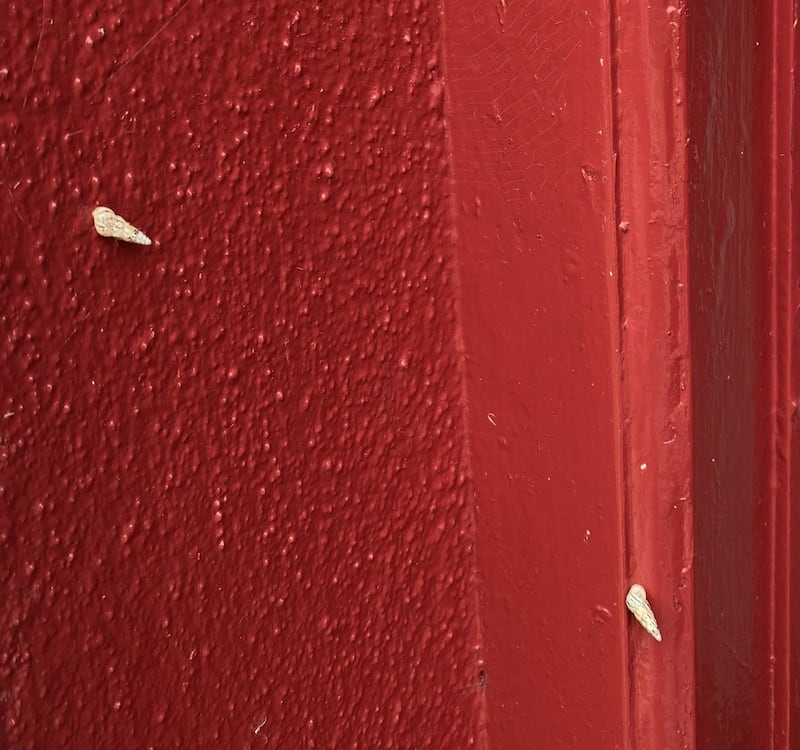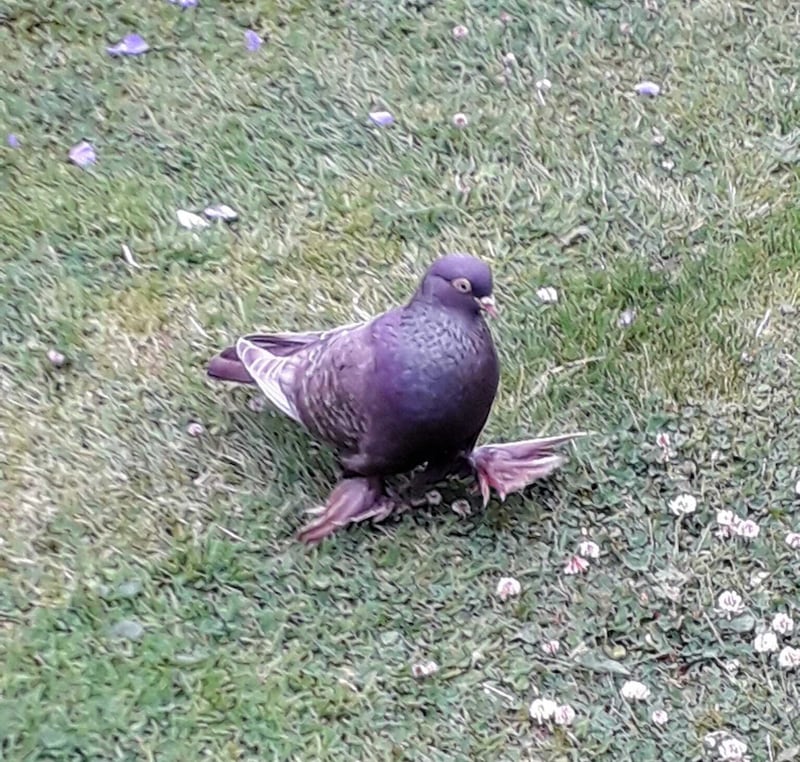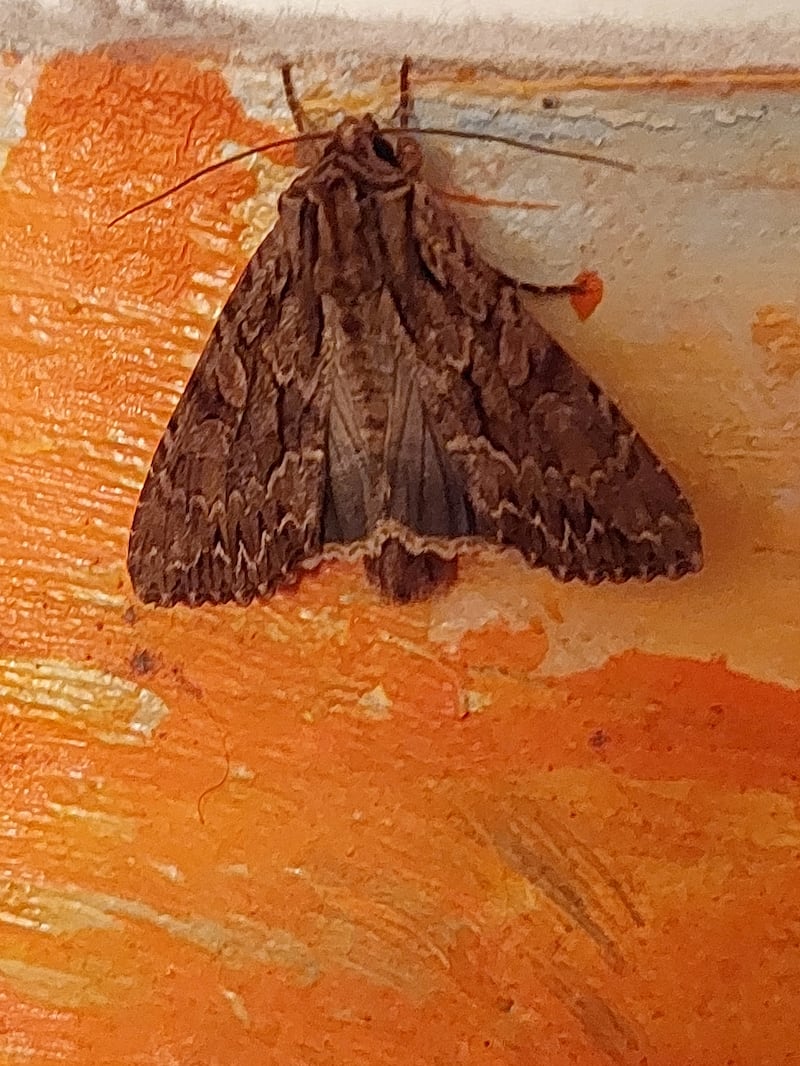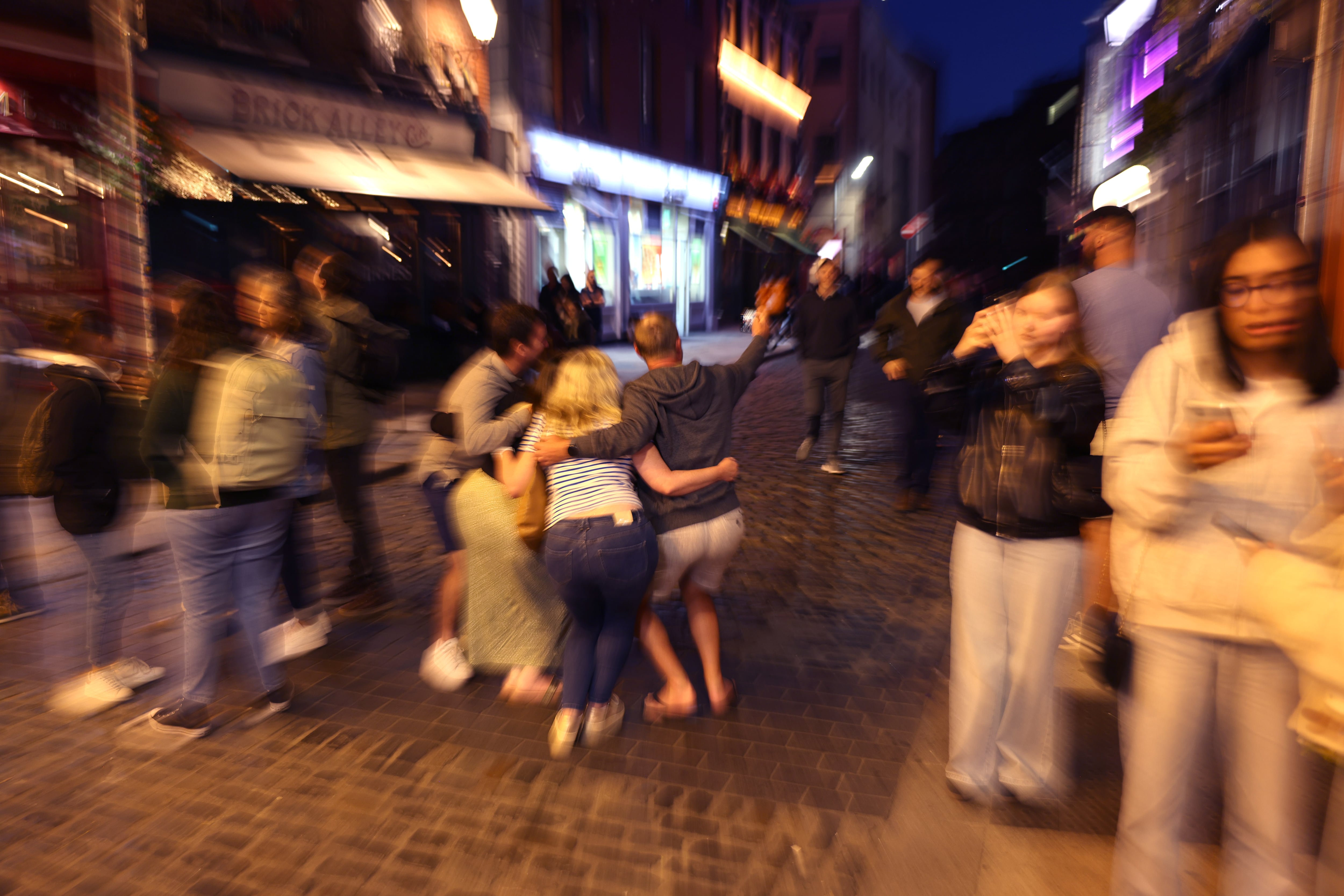I thought this was a leaf on my windscreen but then realised it was a beautiful butterfly (or moth). Thady Kavanagh, Co Galway
It is a moth — a large emerald. It has a butterfly-like resting position and sometimes flies by day. Its caterpillars feed on birch and hazel.

These conical snails (about 10mm) climb the south-facing wall of our house in surprising numbers. This wall has a small lawn in front. They look like some form of sea snail, but we are about 1km from the beach. Are they baby garden snails? Denis Quille, Co Kerry
No, they are fully grown-up specimens of a terrestrial land mollusc — one of the door snail group. They are feeding on tiny green algae on your walls and doors.
READ MORE

This furry white moth is about 2cm long. It looks different to the ermine moth in Eye on Nature from July 2nd, is it something else? Glenna Woods, Co Dublin
Well observed. This male yellowtail moth, so-called because its abdomen has a yellow tip to its tail, raises its abdomen if disturbed, or else rolls over and plays dead. But this one is perfectly placid, so the tail is hidden. Males have a few dark spots on the wing while females are completely white.

This is a regular visitor to my garden: a feral pigeon, cinnamon colour with webbed feet. Looks like a pigeon, walks like a duck. Mary Guyett, Co Dublin
I am sure it does with those yokes on its legs. It is a domestic breed of pigeon that has been deliberately bred to have these bizarrely overgrown leg feathers for aesthetic reasons. It has most likely escaped from captivity.

Can you help identify this beautiful moth? I wonder if it’s a straw underwing. Clearly an art lover as it was resting on a painting. Suzanne Lindfield
It is a fairly common night-flying moth called a dark arches. Its underwings are dark as well, rather than pale yellow, which would be the case if it was a straw underwing. But an art lover? I am not so sure.
Have you a nature query, observation, or photo you would like to share with The Irish Times? Submit it, with a location, via our website www.irishtimes.com/eyeonnature













